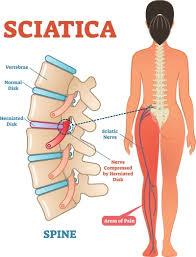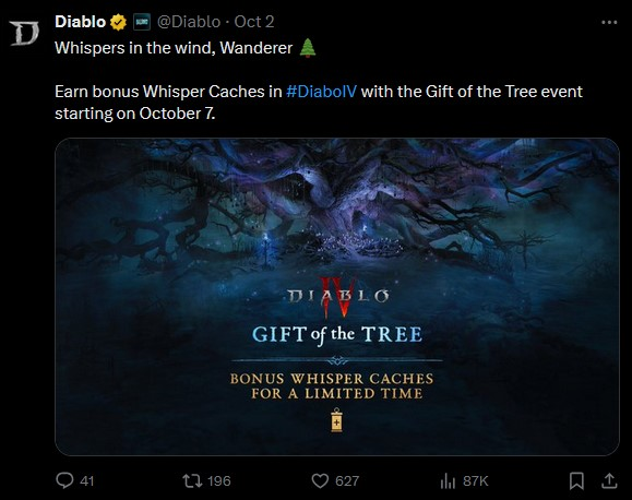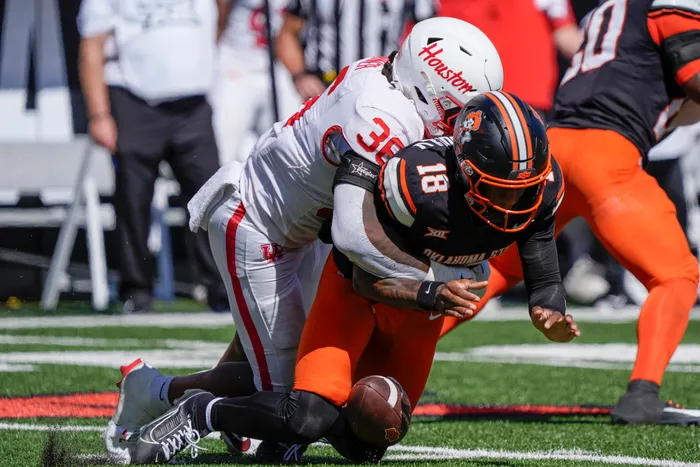The Power Of Educational Illustrations For Schoolchildren

Think of a class where the teacher is trying to explain how the solar system works. He is going on and on about how the sun is at the center of it and how eclipses work. The kids are only staring out the window and occasionally yawning. It's clear that they're bored and want the class to be over as soon as possible.
You might be thinking:
"What's an effective way of getting the students to take an interest? Especially when it comes to complex topics?"
The answer is educational illustrations.
Think of the same classroom, but this time there's a big diagram showing which planet is where. The sun is in the middle, and there is proper labeling. Suddenly, the kids are no longer yawning or staring out of the window. They're pointing at different things and asking questions. That's the power of good visuals in education.
They're more than just drawings; they're studying tools. With these, studying can be taken to a whole new level. Complex ideas no longer seem so difficult; the most confusing things are crystal clear. These visuals make the experience much more engaging, and the result? Kids learn and remember better.
Here's how to make classrooms interesting and scare boredom away.
The Power Of Illustrations In Education
Before we get into how these visuals help students, let's understand them better.
Educational illustrations come in different styles, and each serves a specific function.
|
Type |
What it does |
|
Diagrams and Charts |
Simplifies ideas for easier understanding |
|
Maps |
Shows geographical locations |
|
Infographics |
Mixes numerical data with text for information representation |
|
Scientific drawings |
Helps in visualizing things like chemical structures, anatomy, etc. |
Now that we've covered the basics, let's move on.
Here is how drawings are reshaping the ways of modern education.
➢ Pictures speak louder than words
Children have a hard time understanding concepts just by reading. Since they're very young, it might be difficult for them to visualize things as they are described to them verbally or in written form. Illustrations work like magic when it comes to explanations.
➢ Visual aids have been shown to improve learning by 400% in comparison with text-only materials.
Ask any illustration agency service in UK and they'll tell you how beneficial these graphics are. They help students by giving them a visual representation of the concepts they're studying. The classroom scenario we discussed in the introduction is a great example of this.
➢ From seeing to remembering
The learning process isn't effective enough if the kids don't remember what they've studied. This is why drawings are important.
➢ Students remember 65% of visual information even after several days pass. On the other hand, only 10% to 20% ideas conveyed through lectures and text are retained.
Drawings don't just make studying easier but also more memorable.
➢ Drawing the kids in (literally)
Not only do these illustrations simplify concepts for kids, but they also make them engage in class. This interaction is important. Think of a class where no students are asking any questions or sharing any kind of views on the topic of discussion.
Little or no conversation means the learners aren't willing to study. You might be wondering.
"How do I make them curious about the lecture?"
Easy, just add visual aids in the equation and watch the magic happen. Remember the scenario we discussed earlier? The children will take the same kind of interest.
➢ A picture for every learner
Not all learners are the same. Every kid responds to topics being discussed differently. This is why visual aids are important. They make it easy for children to visualize information in their minds.
Many students have a problem processing purely textual information. This is where drawings come in to make things easier. They're even more beneficial for those with reading comprehension issues.
➢ Imagination for intelligence
Illustrations encourage kids to think critically. This sparks their imagination, which enables them to think about topics in great detail.
For instance, visual storybooks urge kids to think about abstract ideas and even come up with their own version of the ending. Famous Illustrated Books For Children In UK focus on this aspect alot. They aim to develop learners' creative thinking skills.
Now, if you're a teacher, you might be thinking:
"How do I use these in my own classroom?"
Here's how :
➔ Presentations
Add diagrams and charts to your PowerPoint if you use it in your class. Break the monotony of texts to keep students engaged. Slides full of text only bore the kids; the images will make studying fun.
➔ Storytelling
Children find it hard to visualize events from the past, or fictional ones. Use illustrations for lectures about history and literature to make the content more engaging.
➔ Interactive visuals
3D models and virtual diagrams are great for science topics like biology and chemistry. They make it easy to process complex information.
➔ Infographic task
You can ask students to come up with their own infographics according to their understanding. This will give them a better understanding of the work done in specific areas.
People Also Ask
● Are digital illustrations as useful as the traditional ones?
Ofourse! Both are equally effective in enhancing the learning experience. Digital drawings are more interactive. On the other hand, physical visuals work well with children who prefer to study things traditionally.
● Can students make their own illustrations?
Yes! As a teacher, you can allow them to come up with their own drawings for a better understanding of topics.
● How often should these images be used?
There's no limit. These drawings go a long way in improving learning. So whenever there is space for them to be used, you should utilize them.
Wrapping Up
Think of educational illustrations as magic keys. They unlock doors of understanding and spark imagination. These visuals make studying feel less like a tedious task and more like a fun adventure where kids get to study in their own ways.
Graphic aids are game changers for any teacher who wants to have a more interactive, active class. All it takes is some effort, and the children start taking an interest in class. Whether it's textbooks with vibrant images or elaborate scientific diagrams, kids love to learn visually.






